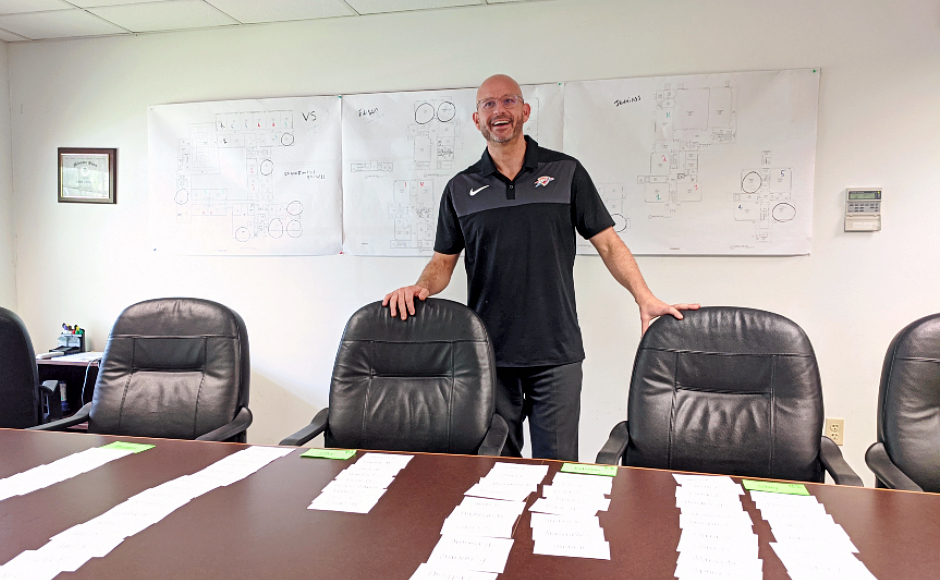 File photo: Haddon Township Superintendent of Schools Robert Fisicaro in 2021. Credit: Matt Skoufalos.
File photo: Haddon Township Superintendent of Schools Robert Fisicaro in 2021. Credit: Matt Skoufalos. File photo: Haddon Township Superintendent of Schools Robert Fisicaro in 2021. Credit: Matt Skoufalos.
File photo: Haddon Township Superintendent of Schools Robert Fisicaro in 2021. Credit: Matt Skoufalos. File photo: Haddon Township Superintendent of Schools Robert Fisicaro in 2021. Credit: Matt Skoufalos.
File photo: Haddon Township Superintendent of Schools Robert Fisicaro in 2021. Credit: Matt Skoufalos.